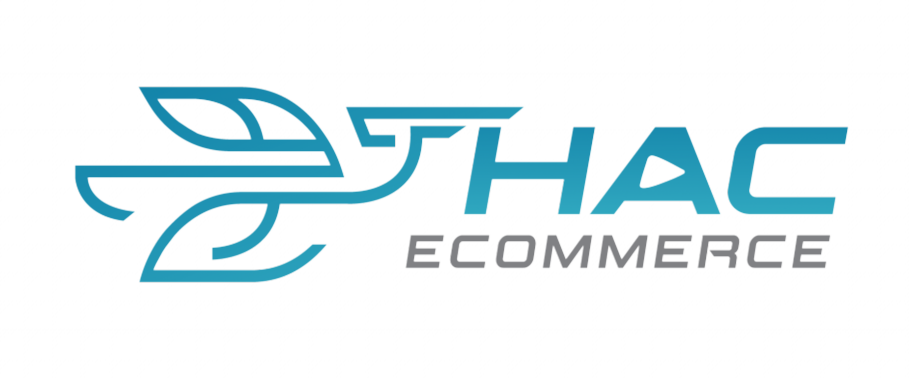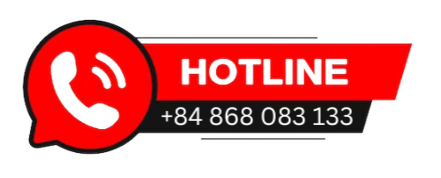Optimizing the PayPal Payment Process for Digital Goods Sellers
In the digital age, PayPal is a leading payment platform for digital goods sellers, offering convenience and security. However, without proper optimization, sellers may encounter challenges such as slow transactions, high fees, or difficulties in order management. This guide provides actionable strategies to enhance your PayPal payment process, aiming to improve customer experience and maximize profitability.
Understanding Digital Goods Sales on PayPal

Digital goods refer to intangible products or services delivered online without a physical form. Common examples include:
- Software and Digital Tools: Computer programs, mobile applications, video games, and activation keys for online services.Financial Times+1PayPal+1
- Digital Content and Media: E-books, music, movies, images, videos, and other downloadable files.
- Online Courses and Educational Materials: Webinars, tutorials, study guides, and other educational resources.
- Online Services: Subscriptions to streaming services, cloud storage, graphic design, programming, and online consulting.
- In-Game Virtual Assets: Virtual items, in-game currency, and other digital assets within online games.
Streamlining the PayPal Payment Process for Digital Goods
To optimize the payment experience for your customers, consider the following steps:
- Integrate PayPal Seamlessly into Your Platform:
- Incorporate PayPal Payment Buttons: Place PayPal payment buttons prominently on product pages or during checkout to facilitate quick payments. This approach reduces the number of steps to purchase and can decrease cart abandonment rates. PayPal Developer
- Optimize for Mobile Devices: Ensure your website or application is mobile-friendly, as many users shop via smartphones. A responsive design enhances user experience and can lead to higher conversion rates. PayPal
- Offer Multiple Payment Options:
- Diversify Payment Methods: Besides PayPal balances, allow payments via credit/debit cards and bank transfers. Providing various options caters to different customer preferences and can increase sales.
- Enhance Transaction Security:
- Implement Robust Security Measures: Utilize SSL encryption, comply with PCI-DSS standards, and consider two-factor authentication to protect customer data and build trust. WiserNotify
- Communicate Security Policies: Inform customers about the security measures in place, reassuring them about the safety of their transactions.

- Simplify the Checkout Process:
- Reduce Checkout Steps: Minimize the number of pages and fields customers must navigate to complete a purchase. A streamlined process can lead to higher conversion rates. WiserNotify
- Enable Guest Checkout: Allow customers to make purchases without creating an account, removing potential barriers to completing transactions.
- Communicate Payment Instructions:
- Provide Detailed Payment Guidance: Offer clear, step-by-step instructions on completing payments using PayPal, reducing confusion and potential errors. WiserNotify
- Set Expectations for Digital Delivery: Inform customers how and when they will receive their digital goods post-purchase, enhancing transparency and satisfaction.
- Manage Fees and Costs Effectively:
- Understand PayPal’s Fee Structure: Familiarize yourself with PayPal’s fees for digital goods transactions to price your products appropriately and maintain profitability. PayPal
- Consider Micropayment Pricing: If selling low-cost digital items, explore PayPal’s micropayment pricing, which may offer lower fees for small transactions.
Receiving Payments for Digital Goods
When accepting payments for digital goods through PayPal, keep the following in mind:
- Set Up and Verify Your PayPal Account:
- Complete Account Verification: Link and confirm your bank account or credit card to lift withdrawal limits and enhance account security.
- Provide Accurate Payment Information:
- Share Correct PayPal Details: Ensure customers have your accurate email address or integrate PayPal checkout on your website for seamless transactions.
- Monitor and Manage Incoming Payments:
- Stay Informed of Transactions: Regularly check your PayPal account for new payments and set up email notifications to stay updated.
- Understand Fund Availability: Be aware of PayPal’s policies regarding fund holds, especially for new sellers or high-risk transactions, to manage cash flow effectively.
Key Considerations for Digital Goods Sellers
- Addressing Disputes and Chargebacks:
- Maintain Detailed Records: Keep comprehensive records of all transactions and customer communications to defend against potential disputes.
- Clearly Define Refund Policies: Establish and communicate your refund policies to customers before purchase to set clear expectations.
- Leveraging PayPal’s Seller Protection:
- Understand Protection Eligibility: Familiarize yourself with PayPal’s Seller Protection policies to know which transactions are covered and the requirements for eligibility.
- Provide Proof of Delivery: For digital goods, proof of delivery can include download logs or confirmation emails. Ensure you have systems in place to capture this information.

By implementing these strategies, digital goods sellers can optimize their PayPal payment processes, enhancing customer satisfaction and increasing profitability. Regularly reviewing and updating your payment procedures will help maintain a seamless and secure customer transaction experience.
Additionally, Hac Ecommerce offers a range of comprehensive services designed to support and empower businesses operating in the POD (Print on Demand) industry. These services include fulfillment solutions, payment account rentals, and design cloning, all of which are tailored to meet the unique needs of entrepreneurs in this niche.


